Keurig coffee makers are a fast and convenient way to get a cup of coffee. All you need is two items, a K-cup and some water. It sounds simple enough. However, you might be wondering if it's fine to use tap water in a Keurig. If that's the case, let's find out!
It's acceptable to use tap water in a Keurig. As long as it's clean, water from anywhere should work. However, most would recommend using filtered or bottled water.
Tap water holds more mineral content than the alternatives. So, you might see more scale buildup inside the machine.
While the water looks clean on the surface, it might be carrying more than you think. Minerals are present in the tap water you use. Once it boils in your Keurig, those minerals are left behind. Does it make a big difference in the coffee maker's performance? If you'd like to learn more, keep reading!
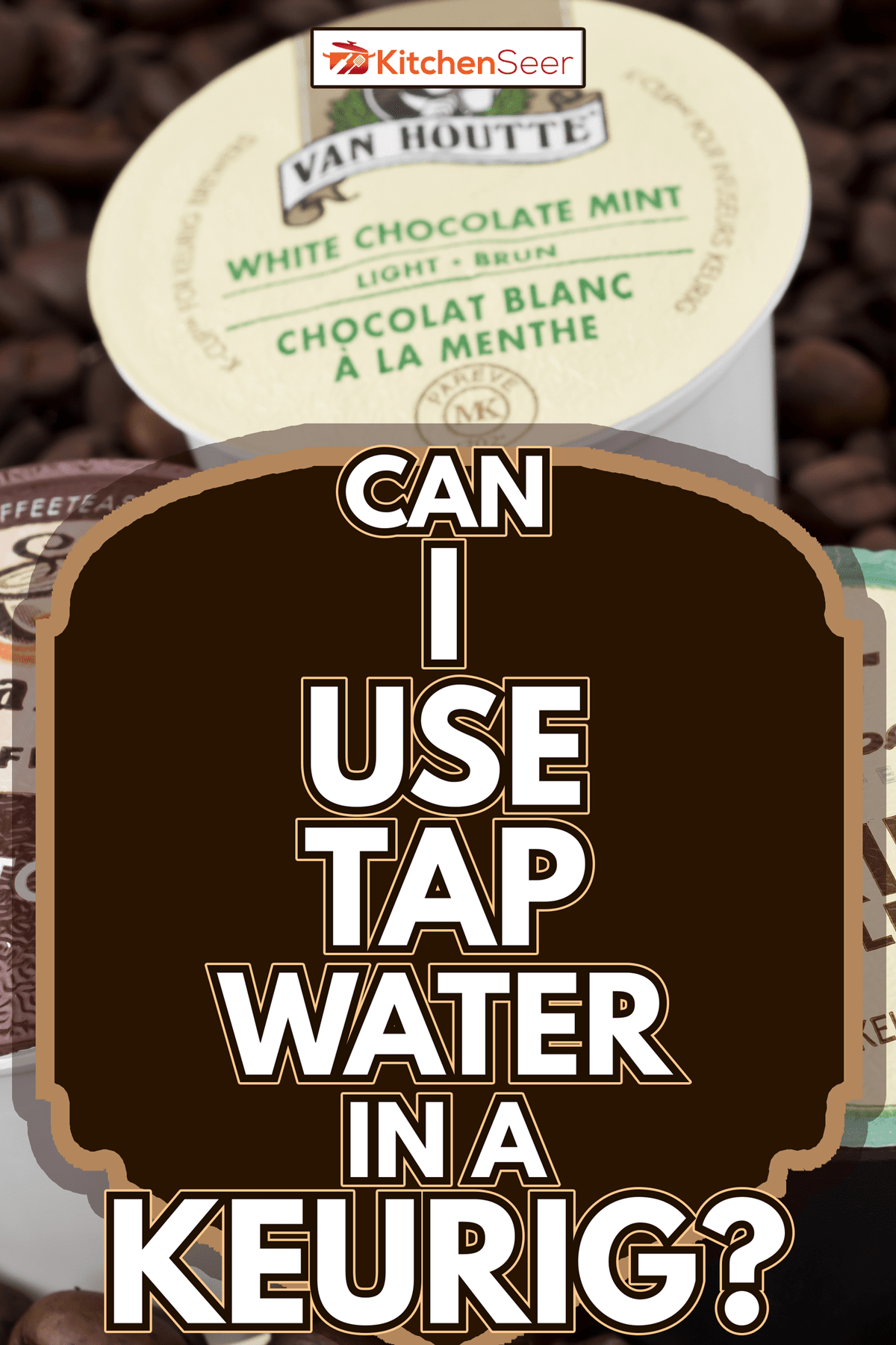
Why Does Water Type Matter In A Keurig?
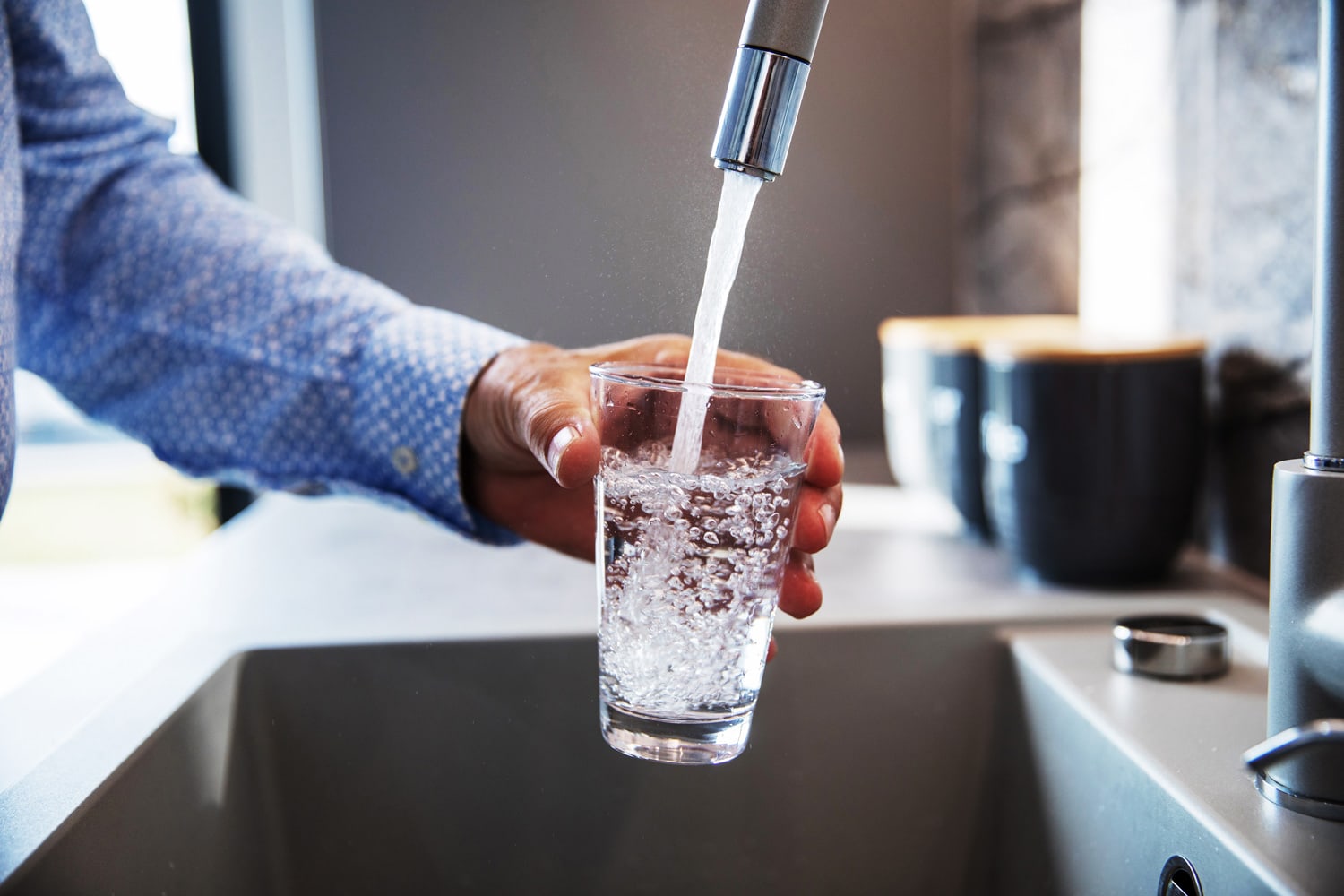
You wouldn't think twice about using water that looks clear. After all, you can see everything there. In most cases, the water from the tap is clear enough to put any doubts to rest.
Yes, it's acceptable to use tap water in your Keurig. However, you might want to hold on to that thought. Why? It will depend on the hardness of the water in your area.
If we want to be more accurate, water hardness is the amount of dissolved calcium and magnesium in the water. It's not a health concern, but it can be a nuisance.
The more minerals there are in the water, the more likely you'll have to clean out the limescale buildup.
Does Water Hardness Make A Difference?
A majority of the US has hard water. However, the degree of it varies. So, the experience of using tap water in a Keurig can be different from person to person.
One person might use tap water in the Keurig without too much hassle. They would look into the water tank and see nothing left behind. Others aren't as fortunate.
In one instance, the water left residue behind! For more context, the source of the water was a well. However, it went through a filtering system first.
Still, it wasn't enough as the person noticed a white residue left behind. It's an example of water that's too hard. Will some of that residue make it to your cup of coffee? Some of it might.
However, most Keurig coffee makers have a water filter. It's Keurig's way of ensuring the water you use is free of excess chlorine and mineral debris.
Will Using Hard Water In A Keurig Affect Coffee Flavor?
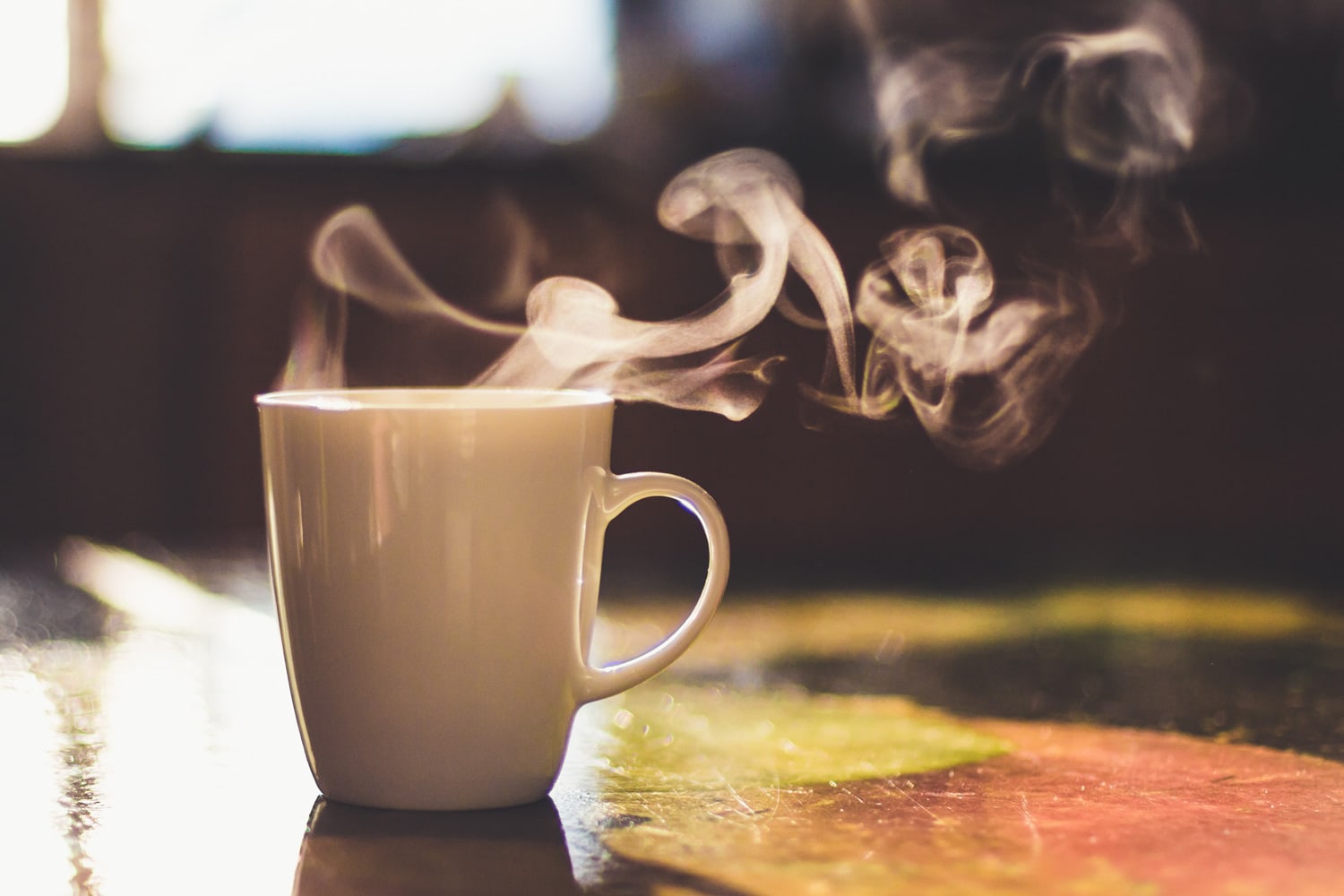
Water might not seem like it can make a big difference to the flavor of the coffee. It's usually flavorless! However, you'd be surprised to know that it does influence how enjoyable your coffee will be.
As some would say, your coffee is only as good as the water it's made with. Some of you might not notice the difference. But, it's noticeable for people who pay more attention to the flavor profile.
There are times when coffee enthusiasts notice a bitter aftertaste when using tap water. The most likely cause was the use of water with high alkalinity of the chlorine present in the water.
For this reason, you should filter the water first if it's coming from the tap. Otherwise, you might have to put up with a change in flavor. In any case, it won't matter too much if it's a one-time thing.
Try out a batch of coffee with tap water. See how you like it. If it's good and you see no residue left behind, you're good to go.
What Should I Do If My Water Is Hard?
As you've found out, tap water can leave residue and affect the flavor of your coffee. However, why is the residue it leaves important? A simple wipe or cleaning can solve the problem right away.
While that's technically true, it's the parts that you don't have easy access to that matter. The carbon filter in a Keurig can only do so much. Keurig recommends replacing it every two months.
Limescale buildup can stop your Keurig from operating entirely.
If you allow it to go longer than that, it won't filter out the minerals and chlorine as effectively. Still, that also depends on the hardness of your water.
Some users can go as long as 6-10 months of usage before changing it.
Since they can get a little pricey, you might also want to consider cleaning the filter. It will involve soaking it in vinegar for a day and rinsing it out. Though, it's probably better to replace the old filter with a new one.
You'll know a change is long overdue when you start to notice a difference in the flavor of the coffee.
How Do I Descale My Keurig?
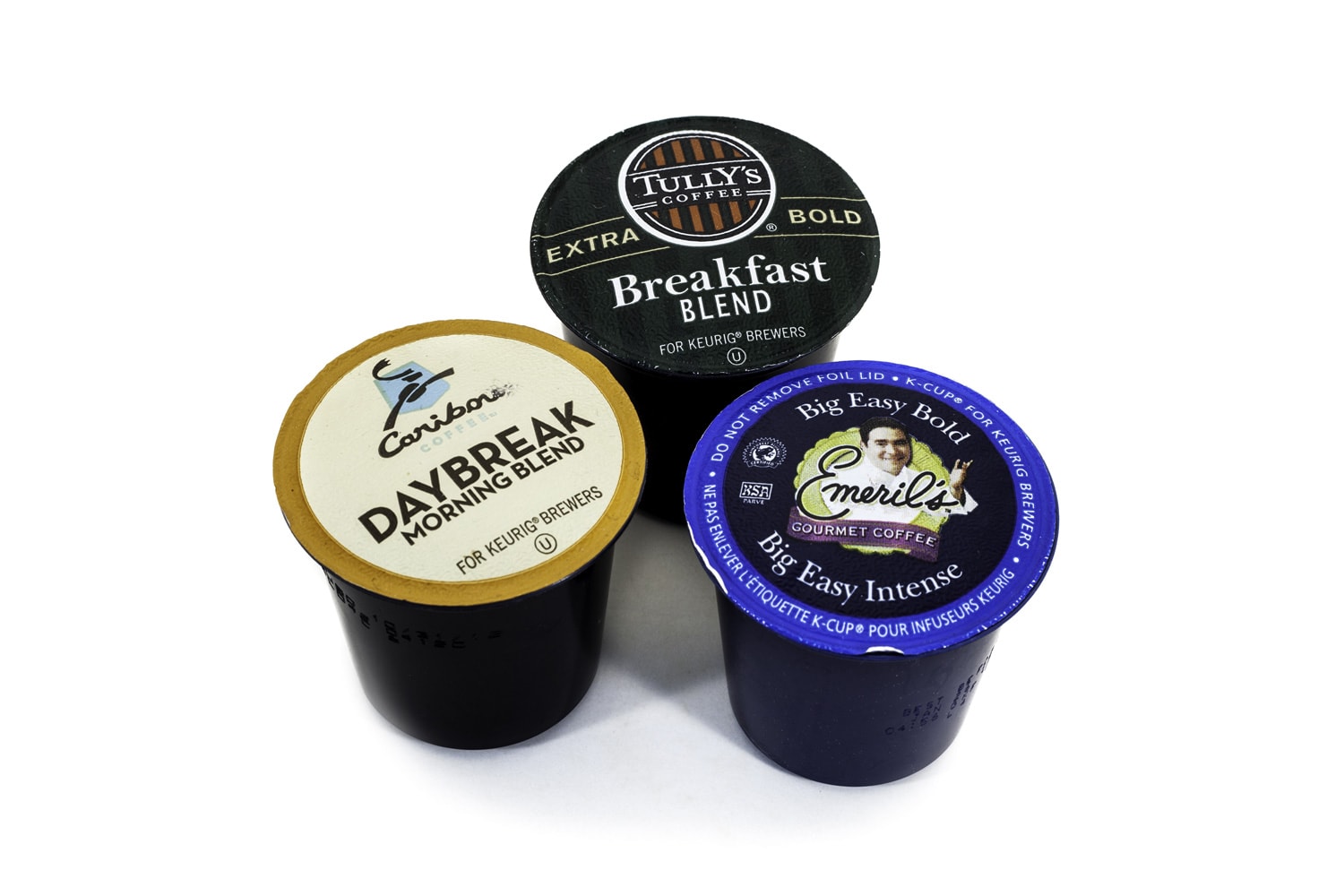
Once you replace the filter, you will also have to clean the water tank. You can use a vinegar and water solution to do this. Let it sit in the tank and rinse it out.
This step only applies if your Keurig has a removable water reservoir. Check your instruction manual to see what parts are removable. In any case, you'll also need that vinegar solution for a single brew.
From here, we will have to cycle the vinegar through the machine. This way, we can target any mineral deposits that are inside. You can use a cup of half vinegar and half water to fill the tank. Let it get into the machine.
When the Keurig states it's ready to brew, let it brew a cup. As it's brewing, you can expect particles to come through. One crucial detail to keep in mind is that brewing vinegar can emit a strong odor.
It's not harmful, but you should know it carries a stink.
Keurig Descaling Solution
Of course, Keurig sells its descaling solution. If you don't want to use vinegar, the descaling solution is your best bet. Plus, it won't emit a strong stench.
It's up to you if you can wait a day or two to pick up the product. In any case, these are the only two ways you'll be able to descale the machine safely.
View this Keurig descaling kit on Amazon.
Cycling Vinegar Through Your Keurig
Depending on how long you've held off cleaning your Keurig, you might want to run a few more cycles. After you clean the inside of the machine, the water that comes out should be clear of particles.
At this point, you'll need to rinse the cleaner or vinegar out of the system. So, brew a few cups of water. About four or five cups should be good enough.
If you need visual guidance for this process, here's a YouTube video to help:
Why Shouldn't You Use Distilled Water In A Keurig?
As you can see, limescale buildup can look nasty. The video above shows how much grime can be left behind over time. So, you'd probably think that the best solution would be to avoid using water with minerals present.
In theory, distilled water would be perfect for this situation. It's stripped of minerals. Thus, all you have is water. However, even distilled water can be problematic for your Keurig.
The issue isn't on the same level as tap water. It's minor. More specifically, your Keurig might not recognize that it's in the reservoir. Most Keurig machines have a sensor that detects the mineral content in water.
It's how it notices there's water in the tank. When there are no minerals to detect, it will give you an error message.
What Is The Best Water To Use In A Keurig?

Mineral content and lack of minerals are two factors you have to consider. So, the best water to use will meet us in the middle. Bottled water and filtered tap water would be the two best choices.
Keurig customer service confirms this to be the case. However, it's not cost-effective to use bottled water every time you want a cup of coffee. So, filtered tap water can also do the job.
Use a home filter like a Brita filter. This way, the water goes through multiple filtering processes. It goes through your primary filter. In this scenario, it could be a Britta filter or something similar.
Then, as you pour it into your Keurig, it goes through the water tank filter. Though, that's dependent on the model you own. Some Keurigs don't have water filters.
These models include:
- Keurig K-Mini
- K-Mini Plus
- Keurig K15
- Keurig Rivo
In Closing
Although tap water is acceptable in a Keurig, you want to make sure you're familiar with the downsides. This way, you have an idea of what might happen from long-time usage. If it's a one-time thing, it's mostly harmless. In any case, we hope you found the information above helpful!
Before you go, do you have other Keurig concerns? Do you have one that leaks? We can help you find out why! To learn more, check out:
Why Is My Keurig Leaking? [And How To Fix It]
Have you ever wondered how hot Keurigs can get? For more information, check out:
How Hot Does Keurig Water Get?


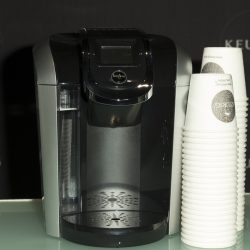
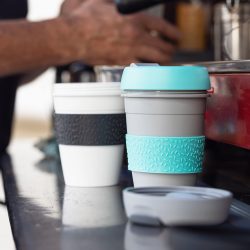

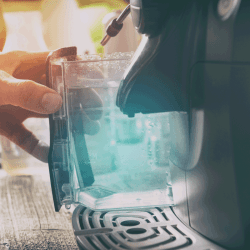
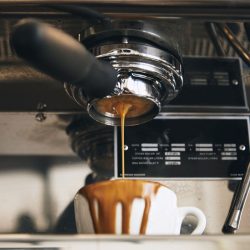
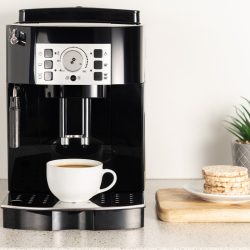
I would imagine most people brew coffee from tap water. I actually like our city water but it is rather hard water. Trouble is most filters do not filter out water hardness minerals. Reverse osmosis can help significantly but this is a pretty expensive system to maintain. We used to buy bottled water or coffee, but that get’s expensive too. I do think that if you use hard water you need to clean and descale more frequently. We use white vinegar mixed 50/50 with water and is effective at descaling. I do not buy specific cleaners for coffee makers.